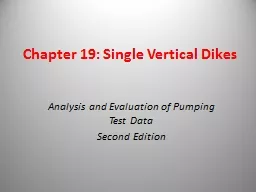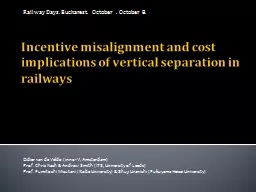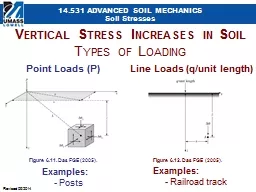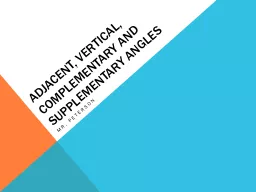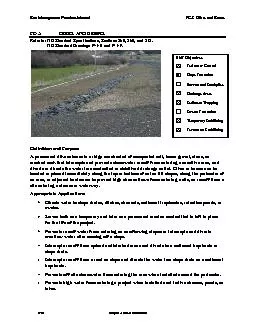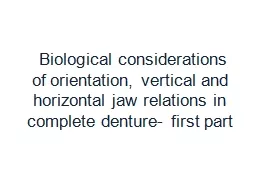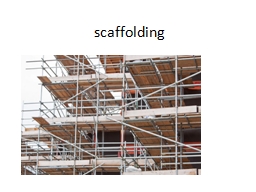PPT-Chapter 19: Single Vertical Dikes
Author : conchita-marotz | Published Date : 2016-03-22
Analysis and Evaluation of Pumping Test Data Second Edition Background Two types Igneous Sedimentary Igneous dikes are formed when magma rises through the subsurface
Presentation Embed Code
Download Presentation
Download Presentation The PPT/PDF document "Chapter 19: Single Vertical Dikes" is the property of its rightful owner. Permission is granted to download and print the materials on this website for personal, non-commercial use only, and to display it on your personal computer provided you do not modify the materials and that you retain all copyright notices contained in the materials. By downloading content from our website, you accept the terms of this agreement.
Chapter 19: Single Vertical Dikes: Transcript
Download Rules Of Document
"Chapter 19: Single Vertical Dikes"The content belongs to its owner. You may download and print it for personal use, without modification, and keep all copyright notices. By downloading, you agree to these terms.
Related Documents

